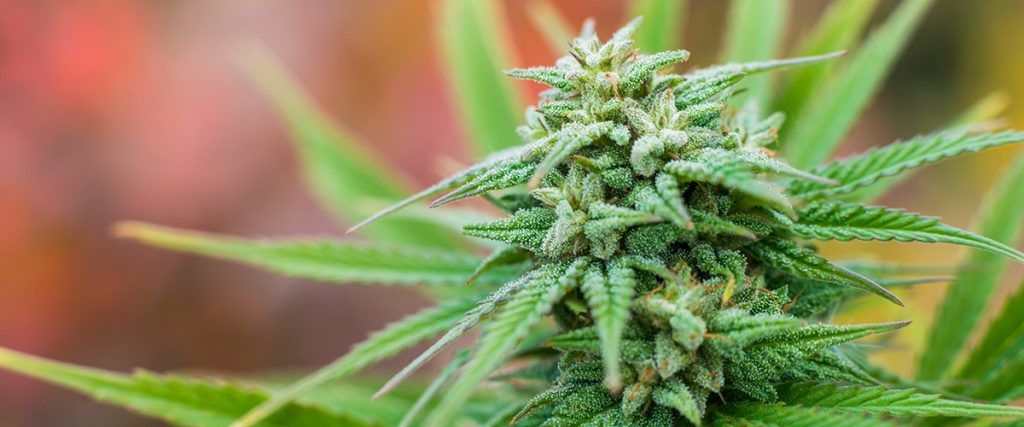Charred residue found in a 2,500-year-old tomb in Western China contains signs of early cultural traditions of smoking marijuana, researchers say.
A group of scientists recently uncovered THC residue in an ancient Chinese burial ground dating back 2,500 years. The discovery suggests cannabis was smoked in ritual or religious activities at that time in Western China.
Information about the earliest marijuana smoking was published last week in the journal, Science Advances. According to the research article, an archaeological team from the Chinese Academy of Social Sciences performed an excavation of the Jirzankal Cemetery between 2013 and 2014.
The cemetery sits in the Tashkurgan Tajik Autonomous County of Xinjiang, China and is an area known as the Pamir Plateau. The team excavated material from ten wooden boxes and burnt stones found in tombs.
By using gas chromatography–mass spectrometry (GC-MS) to analyze the material, scientists learned the cannabis was intentionally burned in a burial ceremony. Other reports have indicated that musical instruments were also found in the tomb area suggesting the ritual combined music, fire and smoking cannabis.
The Pamir Mountains are located near a network of ancient trade routes known as the Silk Road. Robert Spengler, the lead archaeobotanist for the study, noted in a press release the cultural significance of the early Silk Road.
“The exchange routes of the early Silk Road functioned more like the spokes of a wagon wheel than a long-distance road, placing Central Asia at the heart of the ancient world,” he said.
“Our study implies that knowledge of cannabis smoking and specific high-chemical-producing varieties of the cannabis plant were among the cultural traditions that spread along these exchange routes.”
Nicole Boivin, co-author of the study, told Newsweek that the discovery of the “ancient drug use” was surprising.
“This kind of evidence is rare due to there being few opportunities for long-term preservation of the remains of activities involving drug use—which is very ephemeral, and doesn’t necessarily leave a lot in the way of physical evidence,” she said. “Furthermore, due to issues of preservation, finding such a nice clear signal is pretty unusual.”
The team of scientists and archaeologists who helped conduct the research included individuals from the Max Planck Institute for the Science of Human History, the Chinese Academy of Sciences, and the Chinese Academy of Social Sciences.

History of Marijuana
The Jirzankal Cemetery archeological find is unique as it is the earliest sign of marijuana use for its psychoactive properties to date, according to the team of researchers. Evidence of the origin of the cannabis plant has been traced to Central Asia, specifically Tibet, 28 million years ago.
In a University of Vermont study researchers were also able to track the origin of hemp cultivation back to more than 19 million years ago by using subfossil seeds. Reports from the School of Chinese Medicine at Hong Kong Baptist University found text suggesting cannabis was used as a pain reliever in Chinese medicine during the Tang Dynasty (581-683 AD). Other texts written in 1127-1270 AD suggests cannabis flower was used as a sleep aid.
Other studies claim cannabis grew wild in Europe during the Stone Age, then disappeared and returned during the Bronze Age around 4,500 year ago. Researchers from that study believe the plant was likely used for its fiber to make textiles.
More Cannabis Research
To keep up with the latest scientific studies on cannabis visit our news page.






